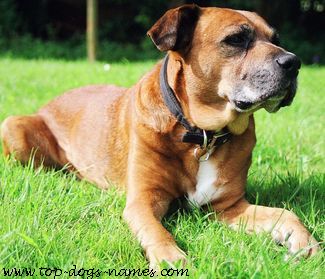 |
||
Understanding Canine Separation Anxiety--Home AloneCanine separation anxiety is best described as your dog finding it unbearable to be parted from you. Once left alone, their behaviour becomes problematic, ranging from incessant barking and howling, to trashing the dog owner's home, to urinating on beds, and over the furniture.Obviously, this behaviour becomes a source of great concern to the pet owner. Understanding why, is the first step in learning how to adapt your dog's behaviour so that your pet being home alone, is not such a traumatic event for your dog, or for you. No dog should be left alone for prolonged periods. They are social animals, in nature, part of a pack. A solitary existence is totally alien to a dog. But, a well thought out, socialisation and training program from puppyhood will almost always ensure that a dog has the confidence, and is adapted to your lifestyle enough, to tolerate periods of being alone. If this type of program hasn't been put in place--then separation anxiety can rear its ugly head.

The following strategy isn't failsafe, but in many, many cases it has resolved the problem within a fairly short space of time. You begin by: Teaching your pet increasing levels of tolerance:
Here are a few more tips to help counteract Canine Separation Anxiety.
If the problems continue, then your going to need to look closely at your own behaviour towards your dog. Pet owner's that always respond to a dog's attention seeking definetely reinforce this behaviour. You need to be less responsive, less reassuring at home, and when outside. Your dog won't hate you for it! Encourage your dog's independence, and eventually canine separation anxiety will be a thing of the past for you, and your dog. Why not find out All About....Caring For an Older Dog.

"
| ||
|
| Dog Health Start Page | Dog Neutering |Caring for an Older Dog |Dog Names Start Page |Dog Videos Start Page | Return to Homepage Or you can .........
|
||
|
|
||